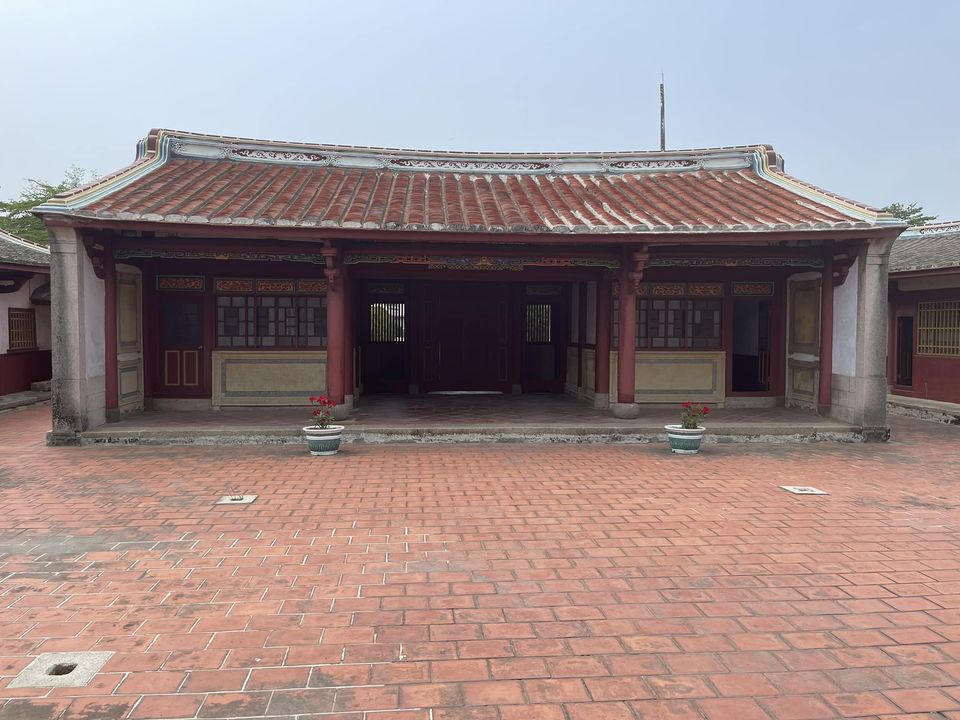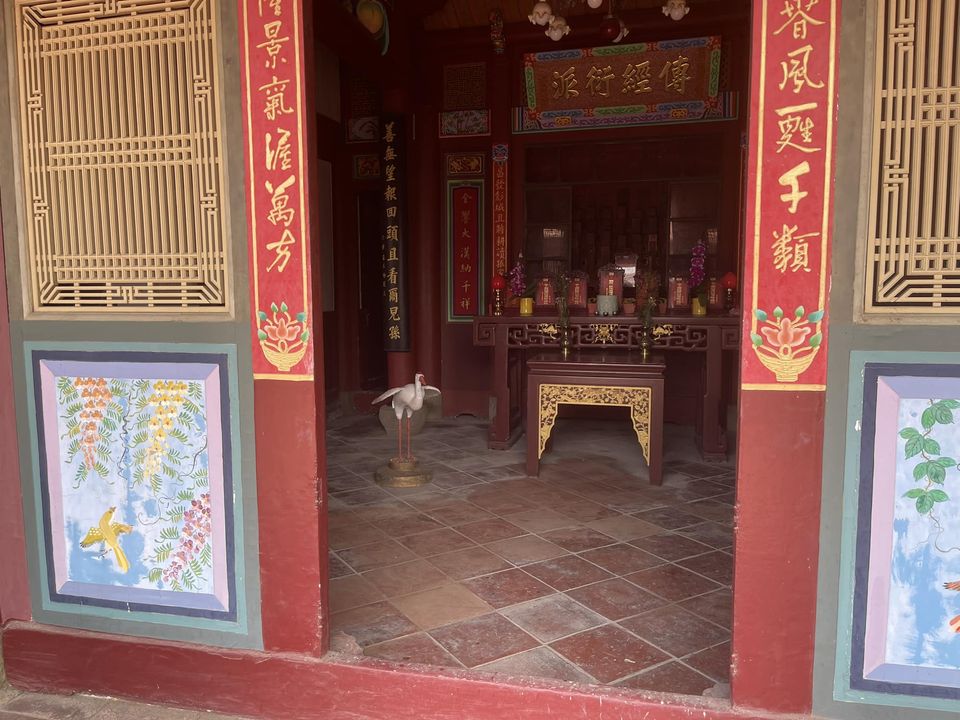This video is fake.
The Canary in the Coal Mine
Low Level reports, “something is REALLY wrong with bug bounty“. What’s going on, is that people are using AI to find bugs in software and submitting them to “bug bounty” websites operated by computer security researchers. The problem is that the AI is hallucinating code and calls to subroutines, and the bugs don’t actually exist. This is becoming a huge problem as more false reports are now being submitted than real reports, and human beings have to go and check just to make sure the bugs are real in the first place.
- Narrative: 1. a description of events
As it turns out, I’ve noticed this problem since late 2024 has started to affect online communities that I frequent, such as martial arts discussion boards on the internet.
- Narrative: 2. the part of a novel that tells the story, rather than the dialogue
The thing is, just like with fake bug bounties trying to get money for nothing, a lot of people (people who should know better) are using AI to talk about martial arts in order to gain social standing by appearing more knowledgeable than they really are. They are trying to tell a story but the dialogue is strangely wrong. There have always been people like this. Greedy people, misrepresenting themselves. But as of now, you can no longer tell the difference because they are using AI to gain knowledge and make video evidence to fool you.
The reason I am able to tell is because I have what is called authenticity. The reason I have authenticity is because I have been actually involved in Tai Chi and Chinese martial arts for a very long time. I can’t be the only one who has noticed this. But i’ve already seen some of the more authentic posters online get duped by fake kungfu videos. Maybe I have even been duped by some really good fakes.
Today, already, people are posting AI fakes of themselves doing Kungfu, and it is very difficult to determine that the video is a fake.
It’s not just videos. You should know that right now, today, you are being lied to about Tai Chi and Kungfu. People are trying to make themselves look like they know a lot about Tai Chi and Kungfu online. They lie about how to do Tai Chi and what the basic requirements are about Kungfu. These people do not understand Kungfu, they do not understand the culture, and they have been captured by the milleau. Most likely you don’t even realize how far the wool has been pulled over your eyes already.
The only way to know what is true and authentic, will be to go back to the tradition, back to the lineage, and ask someone authentic to teach you. There is no longer an alternative because it is impossible to determine authenticity online. This was always a problem in the Tai Chi world especially but now it has become so acute that there is no longer a choice in the matter. Either you are part of an authentic tradition or you are not, and if you are not, you are “outside”. Those who have lineage are now forced to become gatekeepers whether they want to or not. This is it! This is the end. You are either in or out, and the only way to get in is via the door. Only the teacher can show you the door. No Guru devotion, no enlightenment. Period.
- Narrative: 3. a way of explaining events to illustrate a set of aims or values
Often times, a term which is infrequently used will pop up in a discussion and then suddenly people will begin using the term casually in their posts, or engaging in long, pointless academic discussions making reference to the word. Often using the term in ways it was never intended to be used. The whole thing is a bit weird, but makes sense once you speculate that these people are using AI to analyze threads and try to come up with a credible sounding response. Why? For social standing, of course. Because they want people to think they are better than you. Because they want to attack and demean people with real knowledge, so that they don’t get discredited by the truth. This is an extremely low level of Wu De. Their morals exist only so much as they do not get in the way of their personal success. These are the people most likely to violently attack you because you hold a different belief than they do.
Just Be Authentic?
There’s just one problem with being authentic. How do YOU know whether or not what I am saying is true versus what anyone else out there says is true? If you are new to the world of martial arts (or whatever subject is under discussion) you could easily be fooled by a liar trying to misrepresent himself using ChatGPT. Why should you listen to me? What makes me an authority?
The solution, the only way to fight this problem, is to not fight it at all. The solution is to change the stage on which the game is played.
Authenticity is now a commodity
The golden rule is, “He who has the gold makes the rules.”
This is not a bad thing. It means that the people who make the rules are the people with skin in the game. That’s why paying people works so well to establish credibility; because on the flipside people assume that the money will be used to attract the most credible people possible. This works everywhere, from highly skilled musicians and actors commanding a greater fee, to conventions which hire people from the industry to speak on various topics. If the people weren’t in the industry you could always find someone you didn’t have to pay. However, demand is created by the fact that the people have some knowledge or experience which itself has value. Therefore, the golden rule is the recognition that what we are really valuing is the knowledge and experience of people with skin in the game.
Everyone wants to be enlightened, but no one wants to pay for it.
This is how you chop off someone’s head in zen–ask them how much they would pay to get enlightened. The moment you have to put a cost on it, the fakers all start complaining. Those who are real rush at the opportunity to give you everything they have for the real gold. The real success. The rest, don’t chase it because the perceived value is not worth paying anything at all. Their true nature revealed, they disappear like flash powder. Poof.
None of this relies on any kind of forced behavior. It is just the picture of a healthy community. The problem is our community today is not like this; it is run by people who have not suffered to achieve what they have, but have abused social media to gain followers, mostly for personal gain, without concern for the art.
Confucius writes,「富與貴,是人之所欲也;不以其道得之,不處也。貧與賤,是人之所惡也;不以其道得之,不去也。」
“Wealth and honor are what people desire. If they cannot be obtained in the proper way, do not dwell in them. Poverty and low status are what people dislike. If they cannot be avoided by proper means, do not escape them.”
Mencius comments, “The great man is he who does not lose his childlike heart and puts righteousness above material gain” (Mencius 6A:10)
Confucius also writes,「志士仁人,無求生以害仁,有殺身以成仁。」“The determined person and the man of virtue do not seek to live at the expense of ren (benevolence). They may even sacrifice their lives to preserve ren;” and 「賢哉,回也!一簞食,一瓢飲,在陋巷,人不堪其憂,回也不改其樂。」“How admirable was Yan Hui! Living on a basket of rice and a gourd of water in a shabby alley — others could not endure such hardship, but Hui never let go of his joy.”
Mencius comments,「富貴不能淫,貧賤不能移,威武不能屈,此之謂大丈夫。」“Wealth and honor cannot corrupt him, poverty and lowliness cannot make him waver, power and force cannot bend him — this is what it means to be a great man.”
What is the meaning here?
Emperor Wen wore simple clothing, reduced palace expenses, and refused the construction of an expensive tomb. He dealt with matters of state in person and was deeply involved in governing using the principles of Ren and Li. Regarding Ren and Yi (Kindness and Justice), he reduced taxes, lightened punishments, and released prisoners. He also avoided un-necessary wars, choosing instead diplomacy and restraint. He expanded Han control through trade and business. This was a time known as the Rule of Wen and Jing (Jing was his son), a golden age of peace and prosperity in the early Western Han, directly attributed to his moral leadership.
Zhu Xi writes in commentary,
“To use the art of war properly, one must first have virtuous leadership, for the soldiers will follow the general’s character.”
— Zhu Xi, Commentary on the “Art of War”
“To be a leader, one must first cultivate one’s virtue. If one does not cultivate one’s virtue, how can one lead others? A leader who has virtue will guide others with ease, for virtue leads to harmony.”
— Zhu Xi, Commentary on The Doctrine of the Mean
The Next Generation
TO create a new society, to teach the next generation, one must be of the previous generation. Outsiders cannot come in and make changes. How could they? They are from a different system, a different style. If you are not a part of the lineage, how can you continue the lineage?
Even those with the best of intentions must first accept the truth. Only by accepting the truth can one understand what must be done next. Or else it is like swimming in the dark.
Lord Ye and the Dragon
葉公好龍,為之雕牆,畫龍、繪龍於屋;堂前柱上,刻龍也。真龍知而下之,葉公見之,棄而走。
“Lord Ye loved dragons. He had dragons carved on his walls, painted on his screens, and embroidered in his curtains. When the real dragon in Heaven heard of this, it was moved and came down to visit. But when Lord Ye saw the real dragon, he panicked and ran away.” (From: New Anecdotes of the Talk of the World by Liu Xiang (劉向) during the Han dynasty.)

